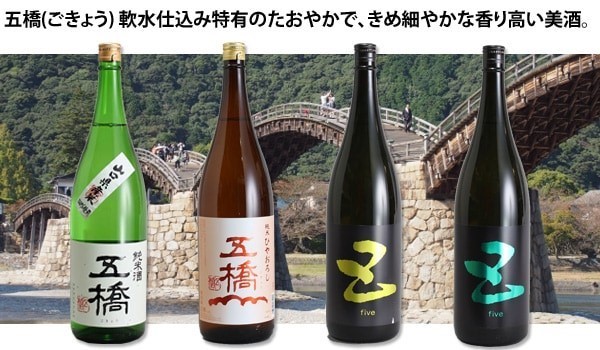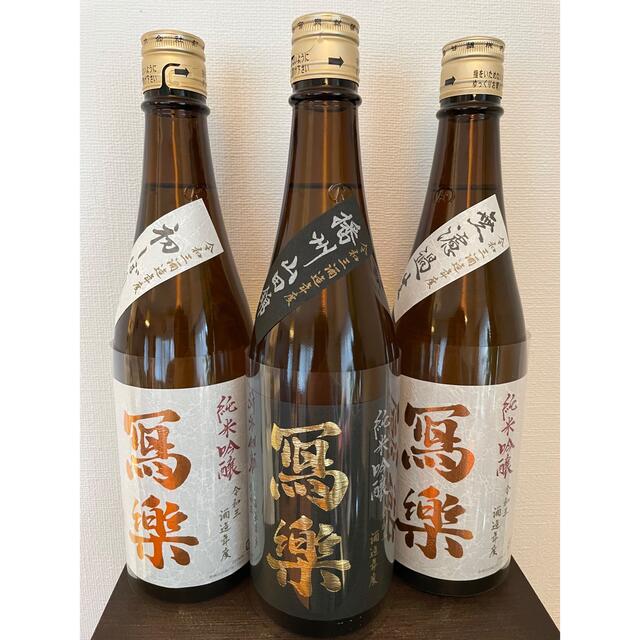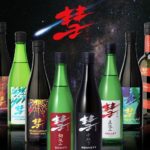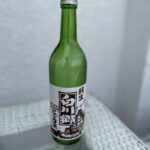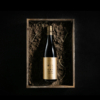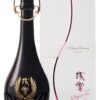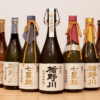What kind of sake brand is Hinotori?陽乃鳥
Approaching the charm of noble sake “Hinotori" by Aramasa Sake Brewery, a revolutionary child in the Japanese sake world
Speaking of Aramasa Sake Brewery, it is a sake brewery that can be called a revolutionary child of the sake industry, which is always at the forefront of trends in the sake industry.
Do you know the very first form of “Hinotori" that such a state-of-the-art Aramasa brewery raised a problem in the world of sake?
Introducing “Hinotori", a 貴醸酒 Kijoushu with a thick sweetness!
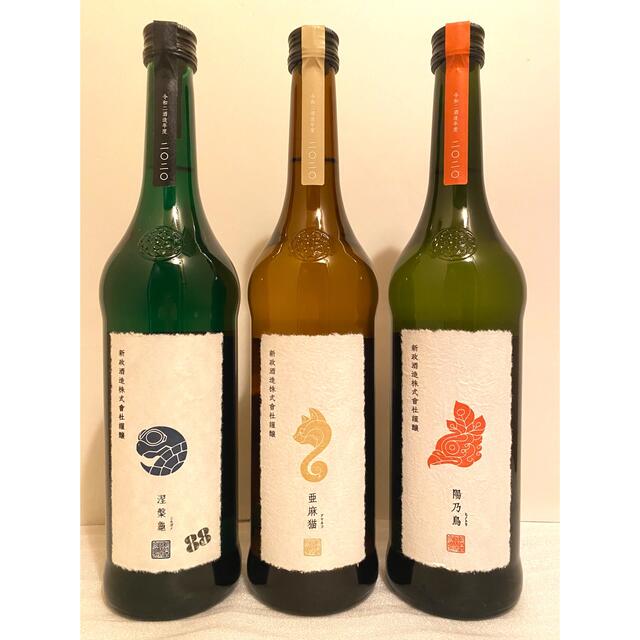
Contents
What is “KijoーShu"?
What is 新政酒造Aramasa Sake Brewery
Sake brewing that is not bound by preconceived ideas! About Aramasa
The taste of Hinotori
What is “Kijoshu"?
First of all, let’s briefly introduce what Kijoshu is like.
It is a relatively new sake that was born at the National Tax Agency’s Brewing Laboratory in 1973, and is made using “sake" instead of the water used at the preparation stage of sake brewing. Normal sake is brewed with rice, rice jiuqu and water, but by replacing part of the water used for this brewing with sake, the taste becomes rich and sweet.
The appearance of liquor fermenting again and producing new liquor is like reborn liquor. For this reason, Aramasa’s brewed sake was named “Hinotori".
What is 新政酒造Aramasa Sake Brewery
About the history of the founding and the place of founding
Aramasa Sake Brewery, which manufactures “Aramasa," was founded in Akita in 嘉詠 5year (1852), more than 160 years ago.
At that time, at the end of the Tokugawa shogunate, the Meiji Restoration soon occurred, and the first 初代 佐藤 卯兵衛 Uhee Sato (founder), who was fascinated by the word “新政厚徳Shinsei Kotoku(Those who practice politics in a new era must first be virtuous as individuals.)
" 西郷 隆盛Takamori Saigo advocated at that time his own sake named “新政Aramasa" . .
It is the secret of yeast that was discover ed at the time of the 五代目 佐藤 卯兵衛 5th generation Uhee Sato that made such a new government widely known throughout the country. At that time, it was thought that rice had the secret to making delicious sake, but it was revealed that the yeast in the brewery also affects the taste of sake.
Subsequent Aramasa Sake Brewery
After the Greater East Asia War, a large-scale fire struck, and management was forced to close to the point of closing down. However, despite overcoming many hardships with the 6th Ubei and the 7th Ubei, “Aramasa" continues to brew at the place of its founding.
As a recent event, we have shifted from brewing in 2008-09 (2008 brewing year) to employee brewing with an average age of early thirties.
From 2009 to 2010 brewing (2009 sake brewing year), we paid the utmost respect for the achievements of nature and ancestors in Akita Prefecture, and limited the yeast used to “No. 6 yeast".
The following day, from 2010 to 2011 brewing (2010 sake brewing year), the raw rice was limited to rice produced in Akita prefecture for the purpose of thorough traceability and contribution to the community.
From 2012 to 2013 (Heisei 24 sake brewing year), the transition to the pure rice brewing system for all products was completed.
In 2013-14 (2013 brewing year), by limiting the brewing method to “raw liquor-based liquor" (raw liquor and mountain abandoned liquor) and “sake matured using cultured lactic acid bacteria", it is called lactic acid for brewing. We broke up from the “quick brewing method" made by adding ready-made acidulants.
From 2014 to 2015 (2014 sake brewing year), we stopped using “cultured lactic acid bacteria" for sake maturation and limited the manufacturing method to only “raw liquor-based liquor" made with naturally derived lactic acid bacteria (in addition, “cultured lactic acid bacteria" Is a living microorganism, similar to “Kyokai Yeast". It is not an acidulant like lactic acid for brewing. However, we do not use it by culturing a single strain of microorganisms during brewing. I thought that the quality of sake would be improved if the sake matured was made by the naturally mixed lactic acid bacteria). In addition, the manufacturing method has been unified from “山廃 Yamahai" to “生酛 Kimoto". As a result of seeking a brewing method that more closely matches our brewery, it became “生酛純米蔵 Kimoto Junmai Kura" from 2015 to 2016 (Heisei 27 sake brewing year).
Sake brewing that is not bound by preconceived ideas! About Aramasa
“Aramasa Sake Brewery" is a long-established store founded in 1852, located in Akita City, Akita Prefecture. It is no exaggeration to say that if you like sake, no one knows it!
Among the schools that pursue innovative tastes and manufacturing methods that have grown up in the recent boom in sake, “Aramasa Sake Brewery" can be called a “revolutionary child in the sake world."
What is “PRIVATE LAB" of Aramasa, a revolutionary child in the sake world?
“Private Lab" is the sake that the revolutionary brews with a bold and innovative method that does not stick to the more general sake manufacturing method.
It started to solve the taste that the current sake should aim for and the problems that should be solved. It can be said that it is the organization that best embodies the fundamental spirit of the new “new government."
And Aramasa’s “Private Lab" regards the number “4" as the symbol of Feng Shui, “Four Gods", and interprets these as mammals, amphibians, birds, and reptiles, and draws them on the label.
White tiger is a mammal → cat → 亜麻猫 Amaneko (flax cat)
Blue dragon is amphibian → frog →雨蛙 Amagaeru (rain frog)
Suzaku is a bird → phoenix → 陽乃鳥 Hinotori (yangno bird)
Genbu is a reptile → a turtle → 涅槃亀 Nirugame (a nirvana turtle)
By the way, Yonotori is the first sake to be released among these four types.
The taste of Hinotori
The sweetest of Aramasa!
“Hinotori" is the sweetest and most delicious sake in Aramasa. Its taste, which has both sweetness and sourness, is said to be “flashy".
You can feel the rich sweetness like mango and sour acidity reminiscent of pineapple in a well-balanced manner.
Since it is brewed with Miyama Nishiki, it is one of the charms that it is finished in a clean mouth that is not persistent. This brand is recommended for those who are not good at drinking or who like sweet sake!
In addition, as a sister version of Hinotori, we are also developing “Hinotori Oak", which has a powerful taste and is laid in oak barrels.
Recommended way to drink
Kijoshu is generally chilled and drunk. Therefore, we recommend that you also cool the sunflowers.
You can put ice cream in it and enjoy it in rock, or you can put it on vanilla ice cream to make it taste a little more mature. The taste of Hinotori itself is so strong that it is as good as the flavor of ice cream.
In addition, since Hinotori is characterized by its sweet flavor, it is recommended to use it as a dessert liquor after meals rather than during meals.
If you use a glass with a wide mouth, you will feel the aroma more clearly.
